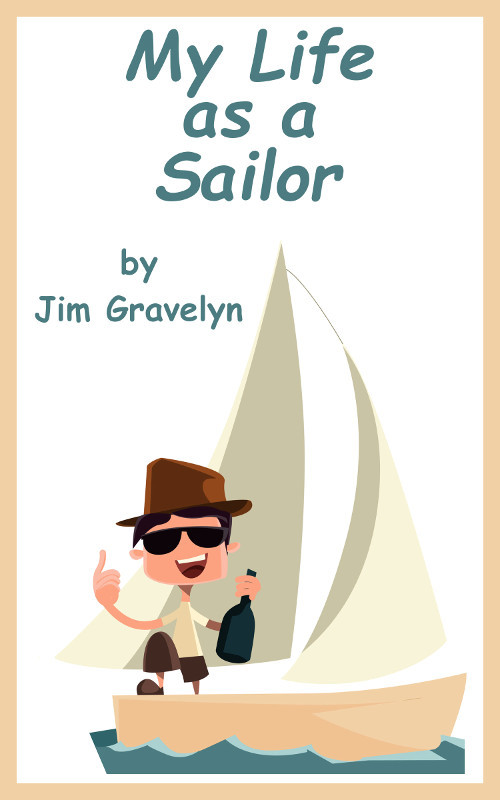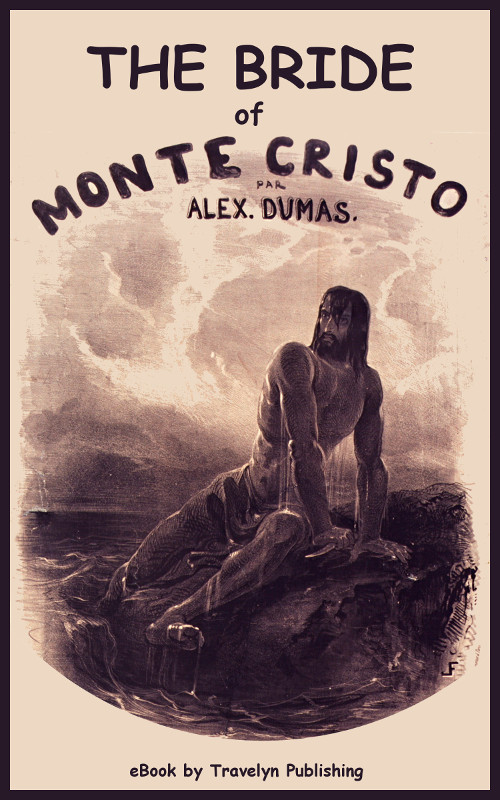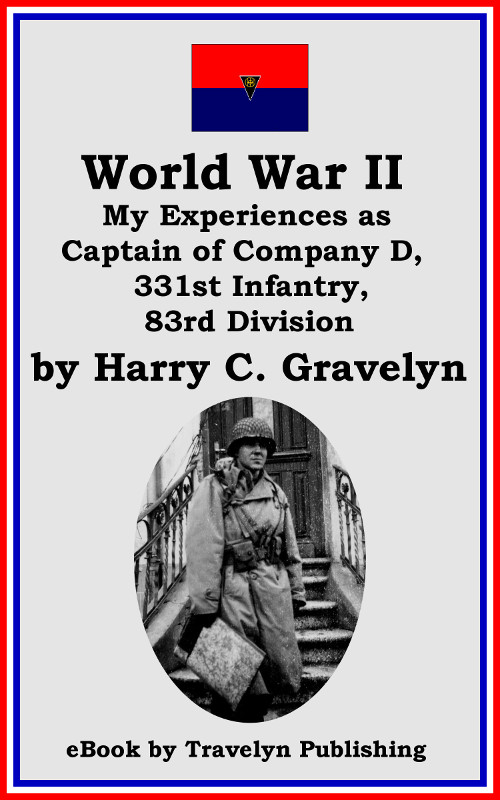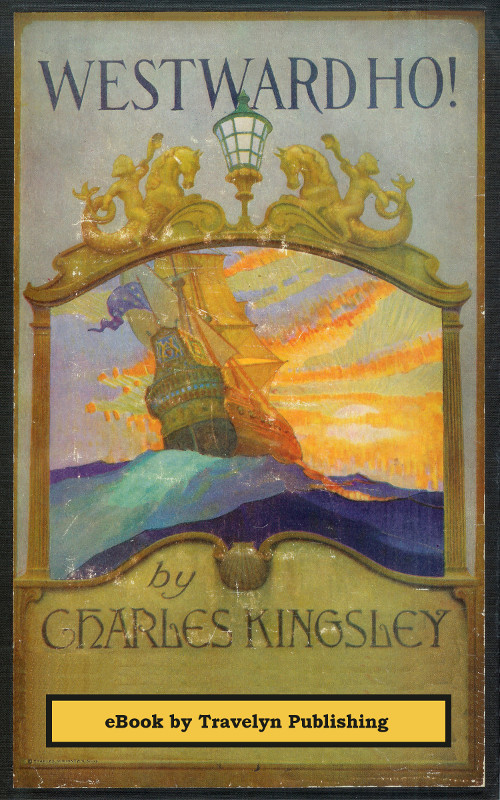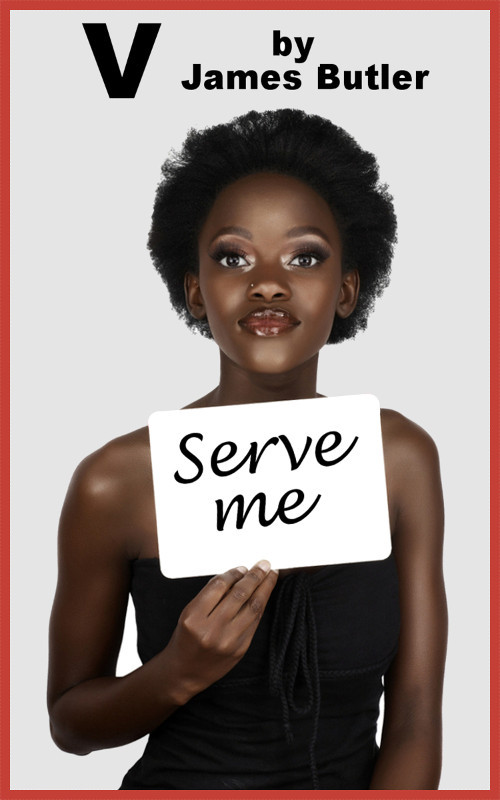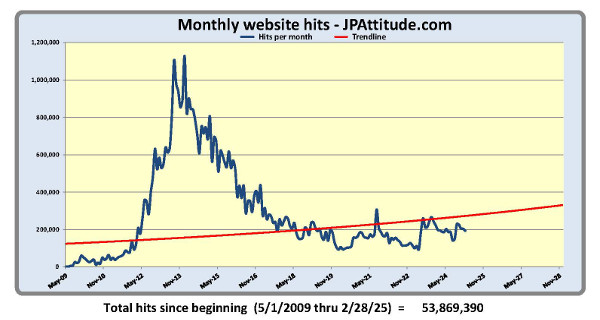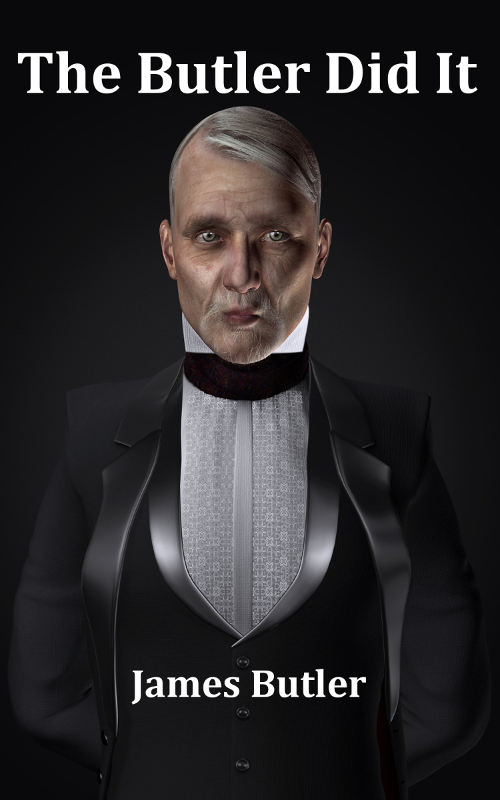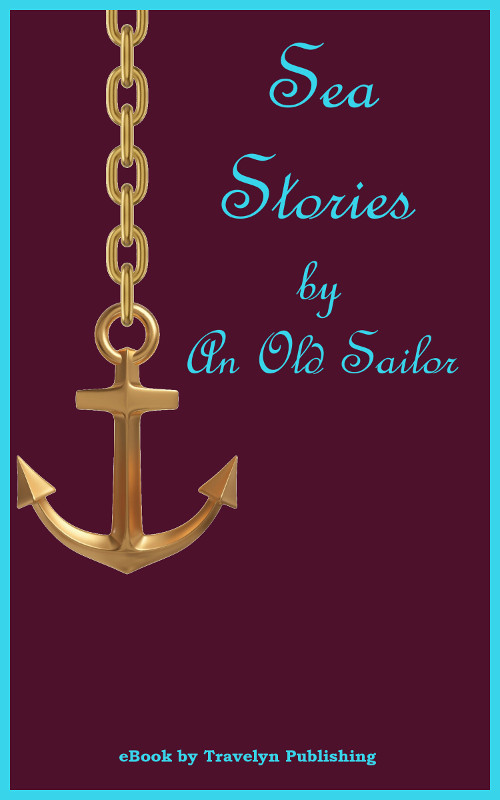The tortoise and The Eagle
February 26, 2011
 I love movies but hate the stupidity and leftwing propaganda that permeates 90% of the crap that Hollywood manufactures. So, when they broadcast the 83rd Academy Awards tomorrow night, you can safely bet your last dollar I won’t be watching.
I love movies but hate the stupidity and leftwing propaganda that permeates 90% of the crap that Hollywood manufactures. So, when they broadcast the 83rd Academy Awards tomorrow night, you can safely bet your last dollar I won’t be watching.Truth is, Hollywood irritates me even more than Barack Obama... and that’s really saying something.
Last night I went to a movie called The Eagle, starring Channing Tatum, Jamie Bell, and Donald Sutherland. It takes place in 140 AD during the Roman occupation of Britain and I had high hopes because of the subject matter. As an amateur history buff, I love period pieces. Historical fiction—especially nautical historical fiction—is my favorite genre and if it involves the British Isles I’m even happier.
Unfortunately, the director of The Eagle, Kevin Macdonald, took stupidity to a whole new level. It’s like he went to stupid camp before he started the movie, then took a stupid pill shortly after filming began, and then spent so much time doing drugs that most of his brain cells died leaving him short-handed. He ended up with Romans fighting like Britons, Britons fighting with bones and sticks, and the occupants of what we now call Scotland in general looking like they just crawled out from under a rock.
At times the historical inaccuracy was so egregious that the whole theatre snorted out loud in unison. Like when the Britons from northern Scotland—called “Seal People” even though they didn’t seem to have boats of any kind and couldn’t possibly be Inuit—walked around covered with mud, their hair cut into Mohawks, and bones in their noses. WTF!? It was like Macdonald took a tribe from deep in the jungles of Papua New Guinea, gave them haircuts like a tribe of Indians from North America, covered them in mud like swamp dwelling Guaicuru from South America, stuck bones in their noses like aborigines from Australia, added some idiotic conversation that implied they were cannibals, and then set them up on the north coast of Scotland in the middle of winter with no clothes.
How ignorant do you have to be to think that anybody ever lived in northern Scotland in the winter without clothes?
There were never any cannibals in Europe, either, but Hollywood does whatever it can to suggest that western civilization is no different and, most importantly, no better than any other version of human civilization. In case you’re wondering, that’s why Macdonald turned his early Scots into cannibals with bones in their noses.
Here’s Macdonald trying to justify himself:
“They were a more indigenous folk than the Celts, who were from farther south... They were probably small and dark, like the Inouit, living off seals and dressed in sealskins. We are going to create a culture about which no one knows much, but which we will make as convincing as possible. We are basing it on clues gained from places like Skara Brae and the Tomb of the Eagles in Orkney, so that we will have them worshipping pagan symbols, like the seal and the eagle.”Trouble is, Skara Brae and the Tomb of the Eagles in Orkney date from approximately three thousand years before the time period of the movie. Oops. This is what happens when Hollywood people try to sound intelligent.
As for the mud, I think it was supposed to be war paint but it looked like plain old mud to me. Even if it was war paint, Macdonald got it wrong. Britons used a bright blue war paint made from the Woad plant which does make a warrior look scary but also acts as an antiseptic and helps wounds heal faster... somewhat important in an era where infection from a small cut could easily kill you.
Another thing: it’s called “war paint” because you wear it when you go to war, not all the time. Duh.
In reality, the Celtic culture was a sophisticated Iron Age civilization that made steel so good the Roman Empire had their swords made by Celts... when they could afford it. The Celts of the time when the movie takes place would have had sophisticated steel weapons, war chariots, a road system to get around on, forts, ships, and just about everything else you can imagine. Including clothes to wear in the winter.
The Romans hated Celtic people even though they admired their technology and artworks. They hated them because every once in a while a Celtic tribe would get riled up and kick Roman butt, as the Gauls did in 387 BC when they sacked Rome. That’s apparently what happened to Rome’s Ninth Legion in 120 AD. The Romans marched north into Scotland and were never heard from again, and the search for the Roman battle standard, an eagle, forms the basis of the movie’s plot.
Channing Tatum’s character is the son of the commander of the Ninth Legion, and his fondest desire is to find that lost eagle and return it to Rome, thereby restoring his family’s lost honor. When The Eagle started, I was delighted. Thrilled even. Not only was everybody dressed appropriately, the first battle scene was perfect! I could barely contain my enthusiasm as Tatum led a small contingent of Roman soldiers out of their fort to rescue compatriots from a horde of Britons threatening to behead them. Everything was historically accurate, which tells me that Macdonald did have a historian on the set advising him. At the beginning, anyway.
 The outnumbered Romans formed a classic Roman battle formation called the “tortoise” which involves a barrier of shields on all sides and on the top. The formation is descended from the Greek “phalanx” but the Romans preferred short swords for poking whereas the Greeks used extra long pike-like spears that would turn their formation into a giant porcupine. Sounds silly but these tactics worked and that first battle scene in the movie was extremely well done.
The outnumbered Romans formed a classic Roman battle formation called the “tortoise” which involves a barrier of shields on all sides and on the top. The formation is descended from the Greek “phalanx” but the Romans preferred short swords for poking whereas the Greeks used extra long pike-like spears that would turn their formation into a giant porcupine. Sounds silly but these tactics worked and that first battle scene in the movie was extremely well done.Then the Britons brought out a war chariot and Macdonald apparently fired the historian because it’s a well-known military fact—well-known by everybody except Macdonald—that horses don’t work against disciplined infantry. Horses have their own minds and their own interest in survival and no matter how well you train a horse it will not run into a phalanx or a tortoise or any other kind of solid-looking infantry formation. They just won’t. Try to force your horse to do it and the horse will say, “What? Are you kidding? All I see is a wall of swords and spears! I’m not doing it!” The horse will simply stop or veer away... and then give you a dirty look.
A war chariot usually had cutting blades attached to its wheels so with precision driving you could conceivably drive along the edge of an infantry formation and cause some havoc with the blades, but that’s an unlikely and untenable tactic. The infantry merely has to step back a little and they’re safe. Once in a great while, in a large battle, a man on horse could break an infantry formation by charging at full speed, the horse getting shot and then taking a death tumble into the infantry, punching a giant hole in the formation. Then other cavalry could ride into the hole and tear the infantry apart from inside. That’s why British infantry were instructed not to shoot at the horses of charging cavalry during the Napoleonic Wars.
Anyway, in the movie, the Romans had already proved they were disciplined infantry by forming a “tortoise” and rescuing the prisoners but when they see the chariot they suddenly break and run for the fort! The very opposite of what they should do! Why?
After that it was all downhill.
Near the end of the movie there was a climactic battle that was a perfect chance—even better than the first battle of the movie—to contrast the angry-mob-slashing-wildly fighting technique of Celts with the organized disciplined technique of the Romans. Tatum had recovered the eagle battle standard and was standing with the survivors of his father’s Ninth Legion in a shallow stream facing a large group of angry Seal People. Maybe twenty middle-aged Romans against fifty or more young healthy Celts… or whatever they were supposed to be. When the savages attacked, the Romans should have met them in a formation that took advantage of their discipline and training, which would have been cool to watch, but instead Macdonald has the Romans spread out, for some inexplicable reason has many of them throw down their shields after the first couple of seconds, and then they all start slashing wildly like a bunch of madmen. What makes this extra stupid is the fact that Roman swords are only about two inches long (okay, yes, I’m exaggerating) and designed for poking at people in tight battle situations, not for slashing wildly in one-on-one situations. I’m not sure the edges were even sharpened. A good soldier might make that short sword work for him if he still has his shield and is smart enough to get close, but without his shield a Roman infantryman with a short sword was nearly useless.
Naturally, this being a Hollywood production, the Romans win the battle anyway and Tatum returns the lost eagle to Rome.
Sigh. Why, Hollywood, why? If you have a historian to advise you, why not listen to him? In fact, why don’t you know some of this stuff yourselves? Didn’t you go to school? Mud-covered Mohawk-sporting naked savages with bones in their noses in Scotland? Really?
And Mr. Macdonald, for goodness sake man, you’re a Scot, born and bred! Shame on you.
From Reno, Nevada, USA
February 27, 2011 - As an American of Scottish descent, I was equally offended by the bone-in-nose savages in The Eagle. What a bunch of crap! And you're right, the north coast of Scotland is COLD. Nobody would be walking around half-naked. Did you notice they fell asleep on the beach after their big party? Anybody who did that would wake up dead. Have to tell you, I thoroughly enjoyed your review of a movie based on the military tactics and whether they were realistic. After thirty years in the Marines, that's exactly how I watch a movie. Drives my wife crazy. - Big Mac, Georgia
J.P. replies: If you are of Scottish descent and spent your career in the Marines, I hope you read my column about General McChrystal. I'd love to know what you think.
